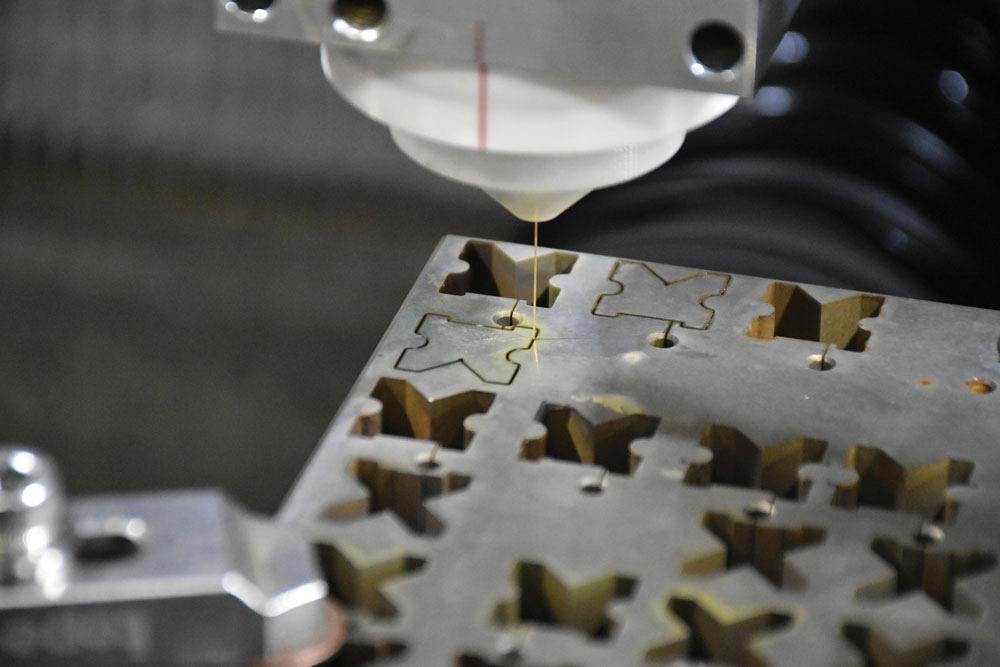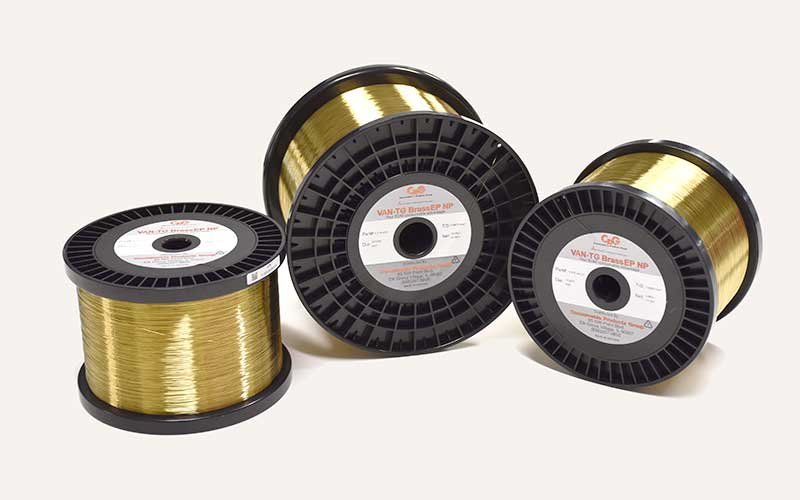what is Face Milling?
Face milling, a vital process in metal manufacturing, involves using a cutter perpendicular to the workpiece to create a flat surface or face. This operation can employ various entering angles, but 45 and 90 degrees are most common.
Understanding Face Milling:
- Face mills are typically large-diameter cutters capable of cutting a wide swath. The cutting width usually ranges from 70 to 80 percent of the mill’s diameter, which is optimal for efficient chip formation and load distribution.
- Rough milling aims for high metal removal rates, focusing on removing large amounts of material quickly, while finish milling ensures precise accuracy with smaller depths of cut and higher precision tool characteristics.
- Effective chip evacuation is crucial in face milling for high performance and prolonged tool life.
Selecting the Right Insert:
- The choice of insert – its type, shape, coating, and grade – varies based on the material being machined and the desired outcome (like high metal removal rates or fine surface finish).
- In rough milling, robust inserts are essential due to the high load from large depths of cut and maximum feed per tooth.
- Inserts with a 45-degree entering angle can enhance productivity and reduce vibrations, especially in setups with long overhangs.
Choosing the Appropriate Cutter:
- The cutter selection involves deciding how many inserts will be active in the cut. Fewer inserts mean less tool pressure but also reduced metal removal.
- Cutters are often classified as coarse, fine, or extra-fine, depending on the number of inserts they house.
Understanding Cutting Forces and Data:
- Cutting forces during milling are split into tangential, radial, and axial forces, influencing power consumption and mill load.
- The right milling speeds and feeds are crucial for optimal cutting performance and tool life.
Managing Chip Evacuation:
- Proper chip evacuation can be achieved through insert design, coolant use, or air blasts in dry cutting scenarios.
- Coolant not only reduces the thermal load on the tool’s cutting edge but also provides lubrication to enhance material removal and improve chip flow.
Monitoring Insert Wear:
- Regular inspection of inserts for wear is essential for maintaining tool life and predictable cutting performance.
- Common wear patterns include notching and crater wear, which can lead to catastrophic insert failure and unplanned downtime.
This detailed look at face milling highlights its importance in metal manufacturing, emphasizing the need for careful selection of tools and techniques to ensure efficiency, precision, and tool longevity.
Latest Articles in your inbox
Subscribe to our newsletter to get the newest manufacturing and industrial services articles in your inbox once a week.












